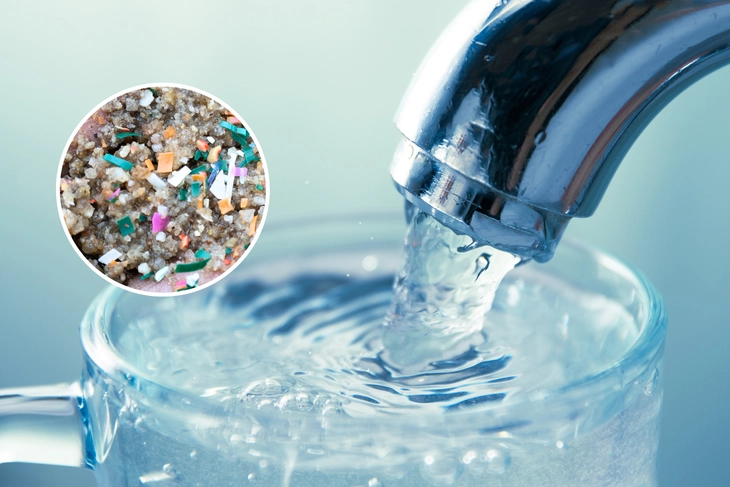
Boiling water can effectively remove microplastics - Photo: CC BY-SA 4.0
Currently, standard water treatment systems often have difficulty completely removing these plastic particles. However, there is a familiar method that scientists have just discovered that can help you remove microplastics from tap water.
Boiling water helps remove microplastics
Recent studies have shed light on just how widespread microplastic contamination is, according to Brighter. Researchers analyzed 159 tap water samples from 14 countries and found microplastics in nearly 81 percent of the samples, with common plastics like polystyrene, polyethylene, and polypropylene dominating.
When drinking water contaminated with microplastics, these particles can accumulate in body tissues and potentially cause health problems. Some studies have linked microplastics to changes in gut bacteria, insulin resistance and liver dysfunction, although the long-term effects are still being investigated.
In Asian countries such as China, Vietnam and Indonesia, people have the habit of boiling tap water before drinking.
Previously, this was mainly done to kill bacteria and remove harmful chemicals. However, recent research has found an important additional benefit. Boiling water can effectively remove microplastics.
Scientists from Guangzhou Medical University and Jinan University (China) tested this theory. They took tap water samples containing a certain amount of microplastics, then boiled them for 5 minutes. After the water cooled for 10 minutes, they filtered it through a coffee filter or stainless steel strainer.
The results were impressive. Hard water (which contains minerals like calcium and magnesium) had a very high rate of removing microplastics. When the water boils, these minerals crystallize into a white deposit called calcium carbonate, commonly found in kettles. This deposit traps the microplastics, helping to filter them out.
Why is boiling water effective?
The secret, the researchers say, lies in the way calcium carbonate reacts to heat. When the water heats up, calcium carbonate molecules combine into solid crystals that adhere to the surface of the microplastics, completely enveloping them. When the water cools, these crystals settle to the bottom, taking the microplastics with them.
Tests with different plastics, including polystyrene, polyethylene and polypropylene that were aged in sunlight to simulate environmental conditions also showed similar results.
Boiling water is not only effective but also easy to do. Most households have a kettle, stove, and strainer. Researchers recommend using metal or glass containers to boil water.
“Boiling drinking water is clearly a viable strategy to reduce microplastic exposure globally,” the team stressed. “However, it is currently only widespread in some regions.”
If this approach were widely adopted globally, communities could significantly reduce their exposure to microplastics, contributing to long-term improvements in public health.
While boiling water is an immediate and practical solution, the researchers stress that further research is needed. Water conditions vary around the world, so the method needs to be tested in multiple areas to ensure its widespread effectiveness.
Source: https://tuoitre.vn/cach-de-loai-bo-vi-nhua-khoi-nuoc-may-20250327122230703.htm


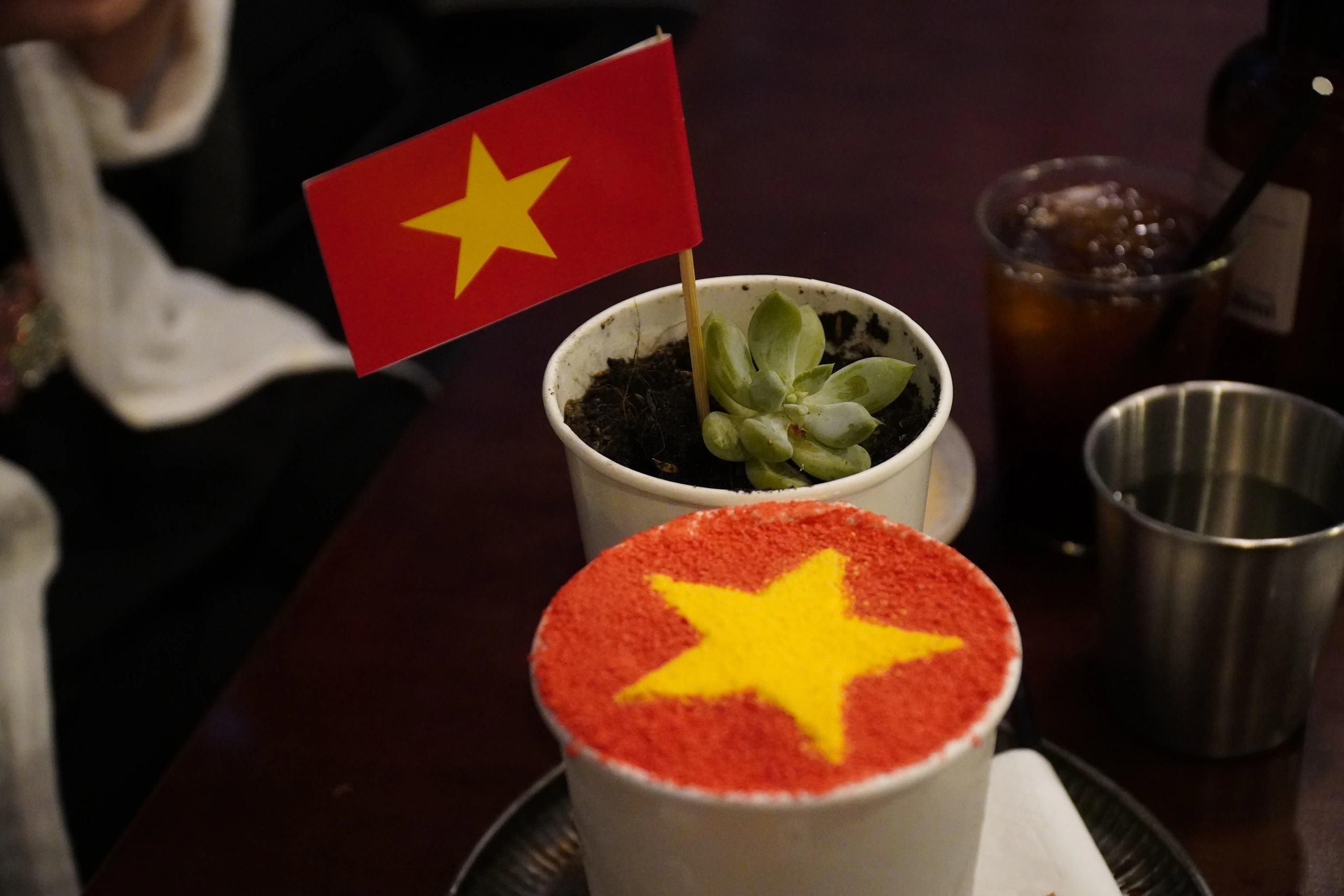
![[Photo] Prime Minister Pham Minh Chinh receives Deputy Prime Minister of the Republic of Belarus Anatoly Sivak](https://vstatic.vietnam.vn/vietnam/resource/IMAGE/2025/4/2/79cdb685820a45868602e2fa576977a0)
![[Photo] Prime Minister Pham Minh Chinh receives CEO of Standard Chartered Group](https://vstatic.vietnam.vn/vietnam/resource/IMAGE/2025/4/2/125507ba412d4ebfb091fa7ddb936b3b)
![[Photo] General Secretary To Lam receives Russian Ambassador to Vietnam](https://vstatic.vietnam.vn/vietnam/resource/IMAGE/2025/4/2/b486192404d54058b15165174ea36c4e)


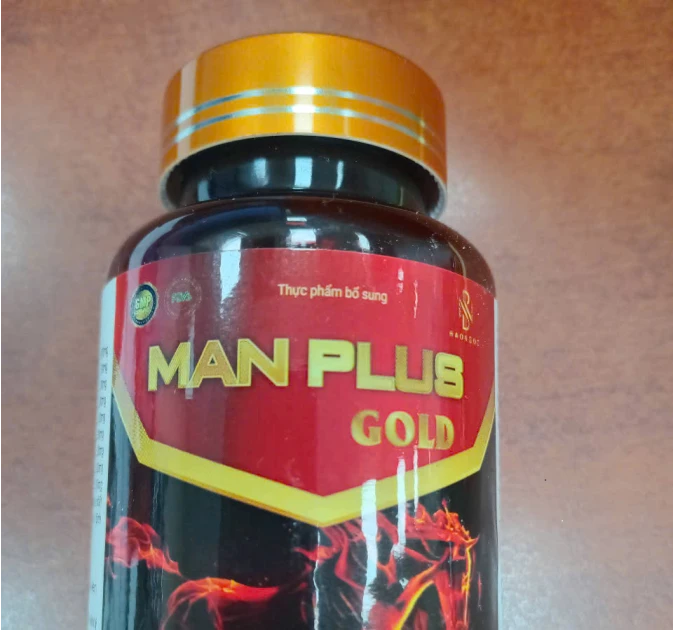
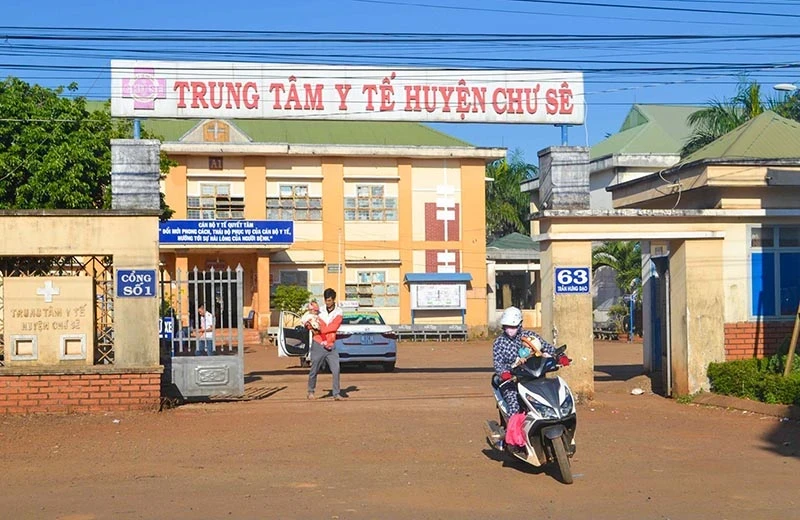

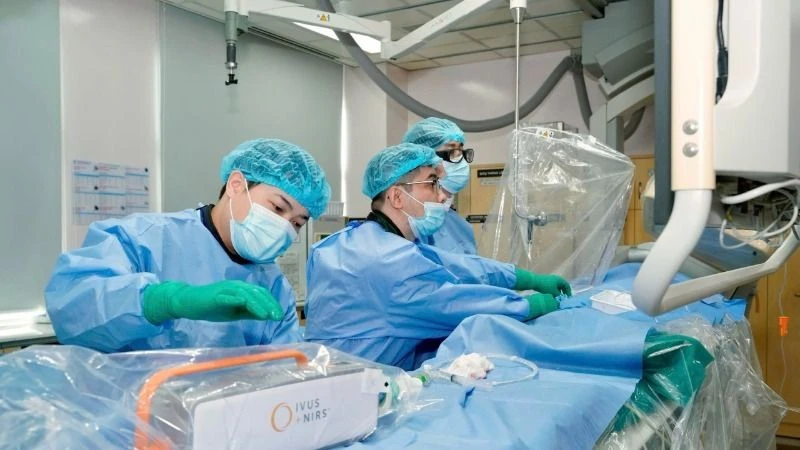

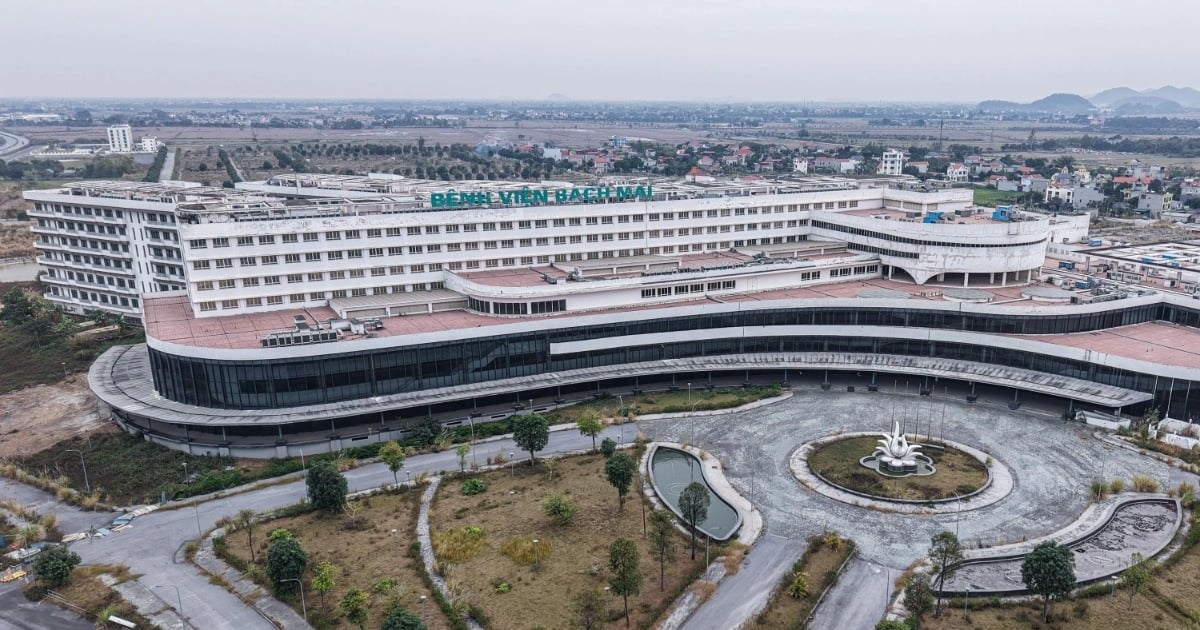
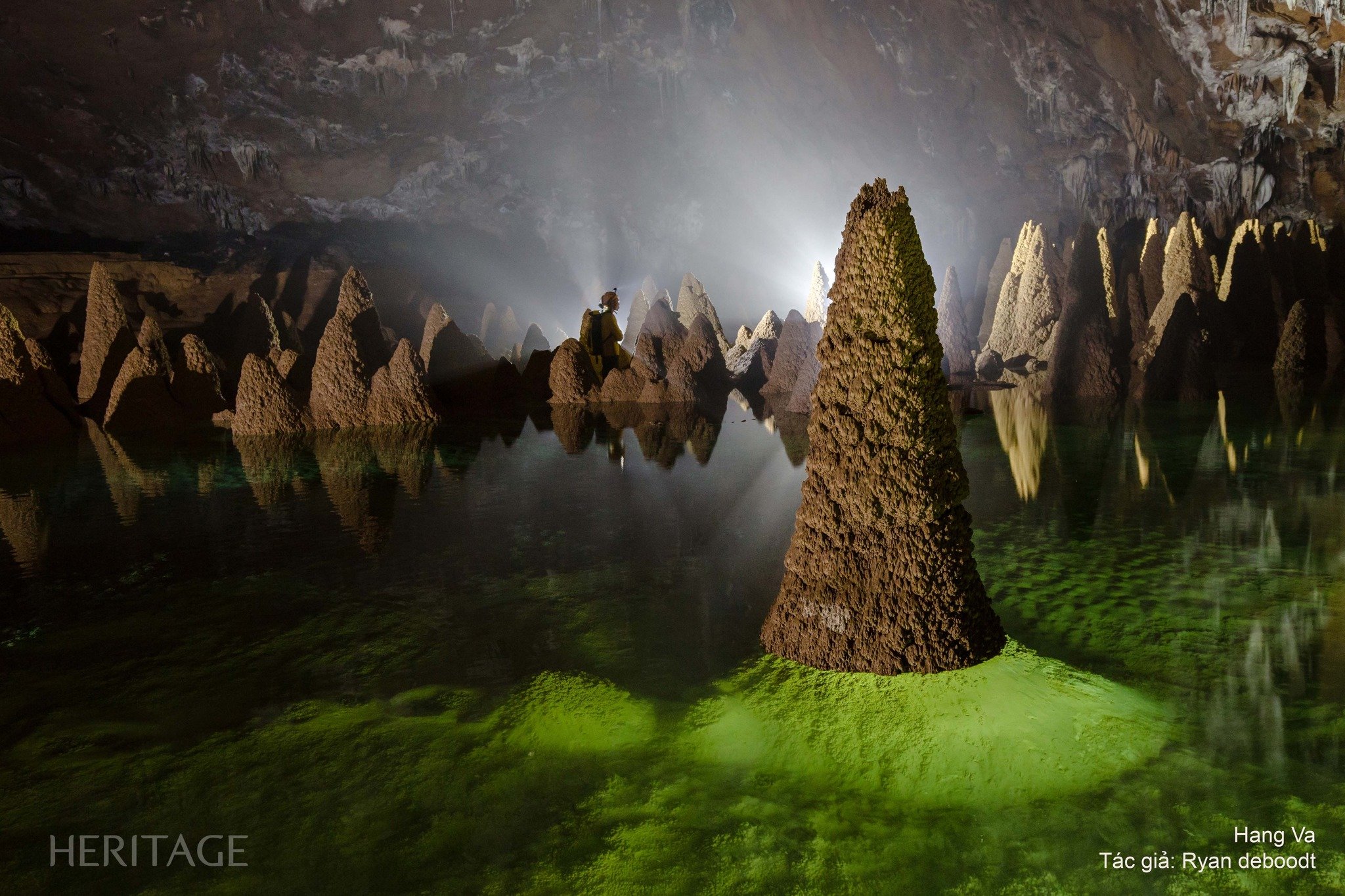

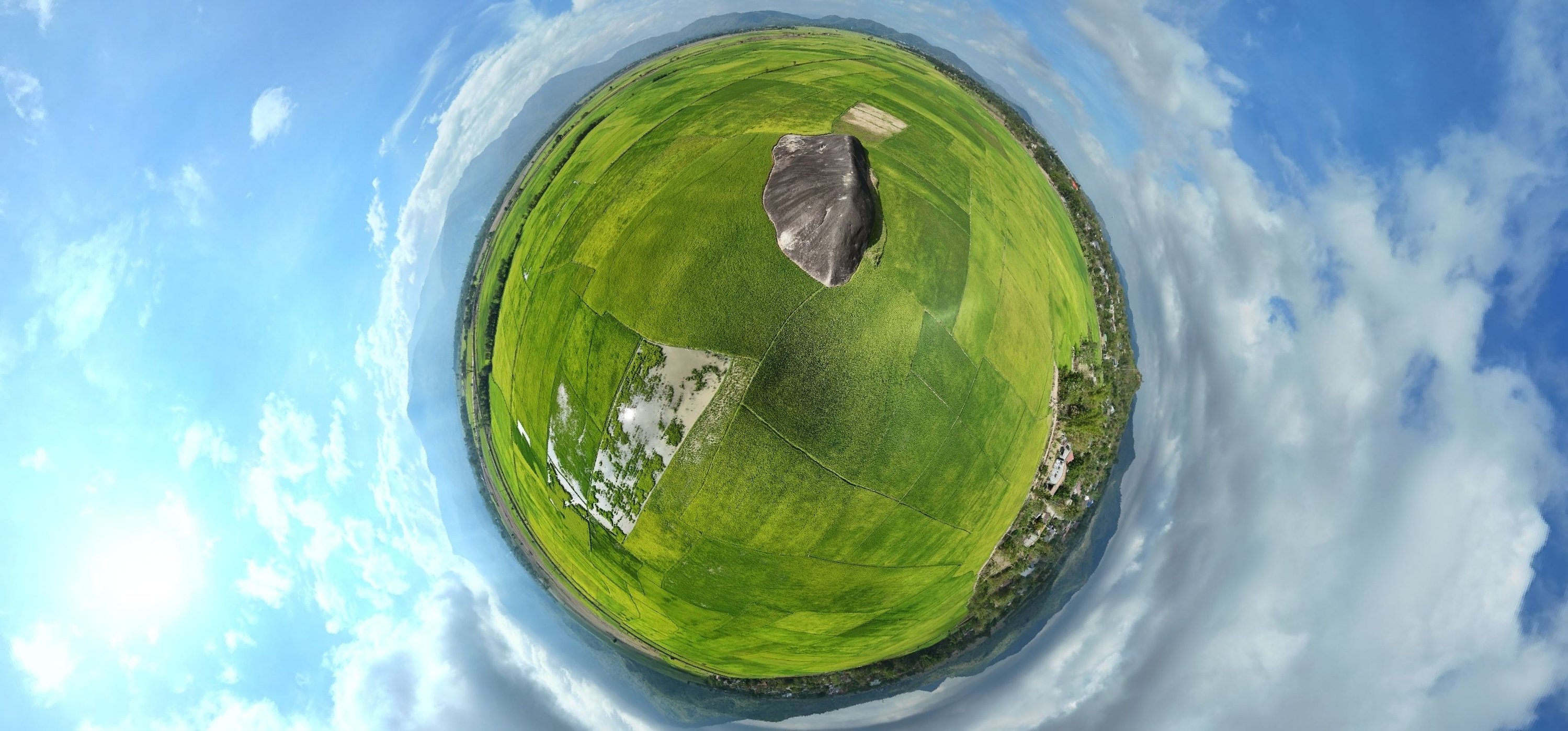
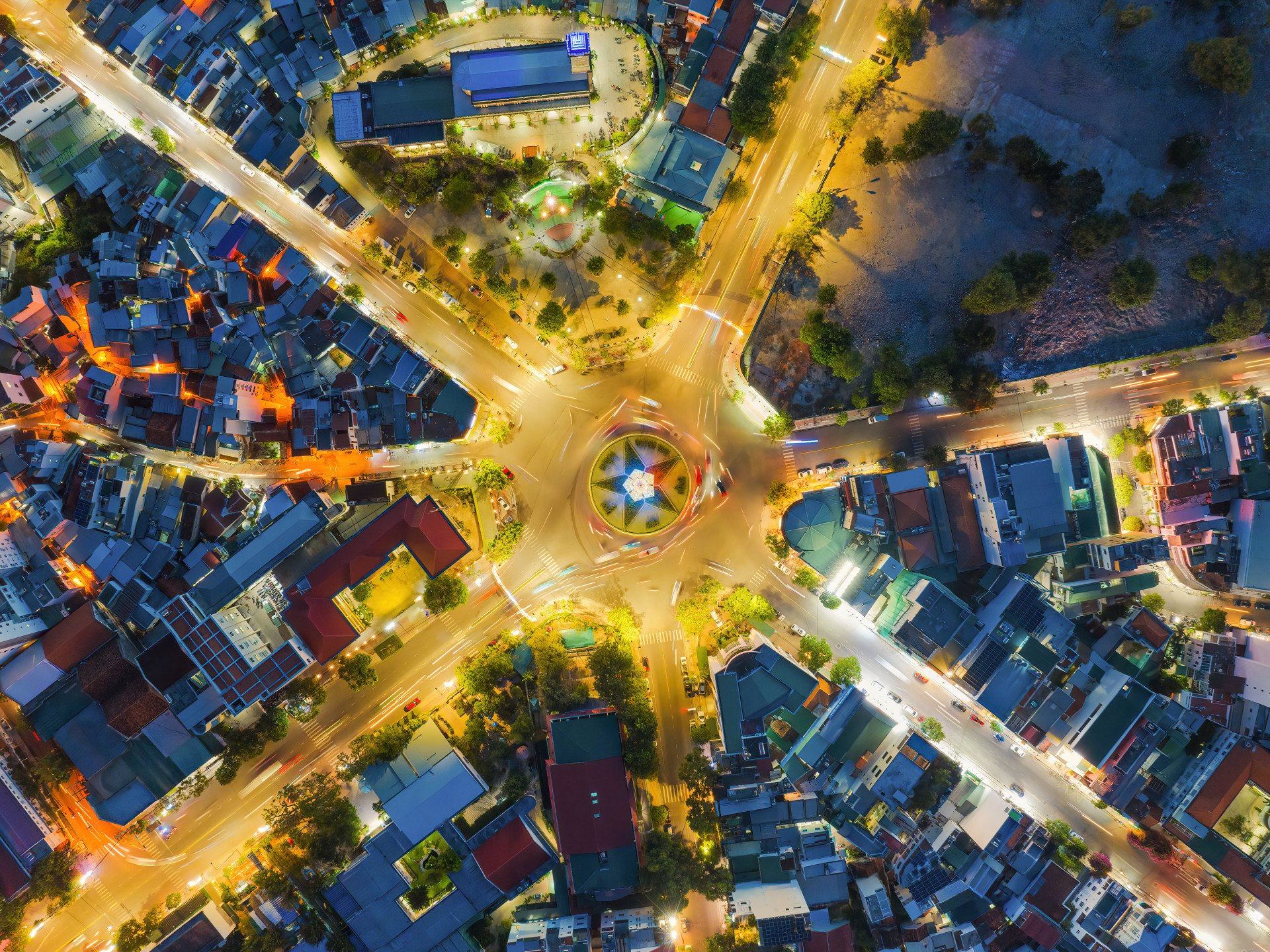


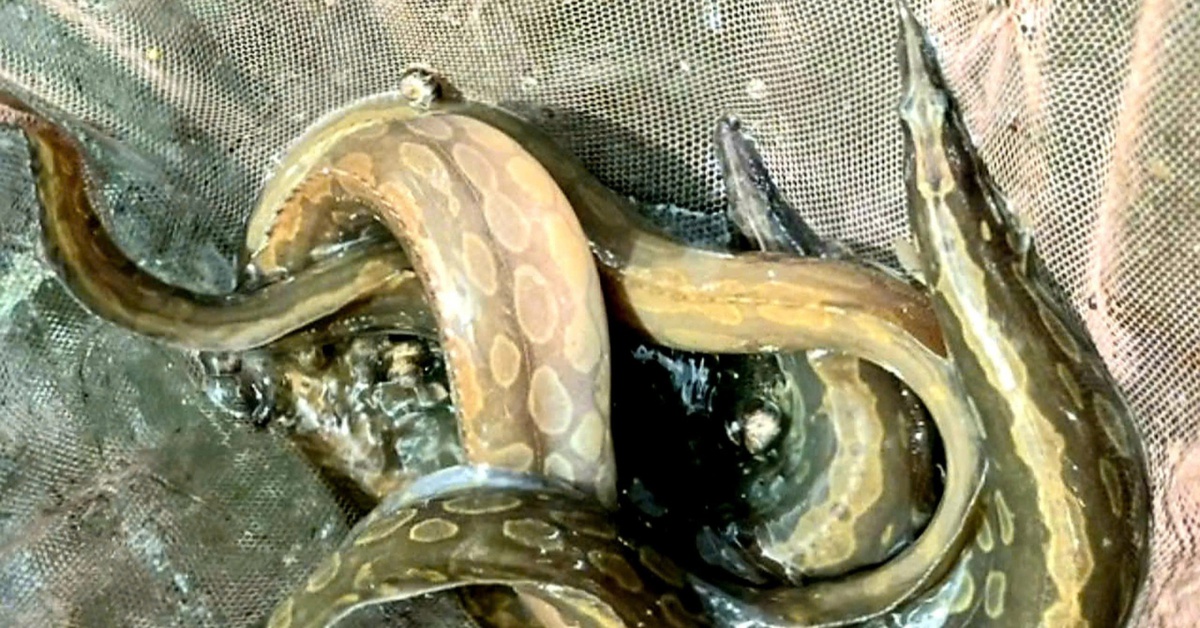

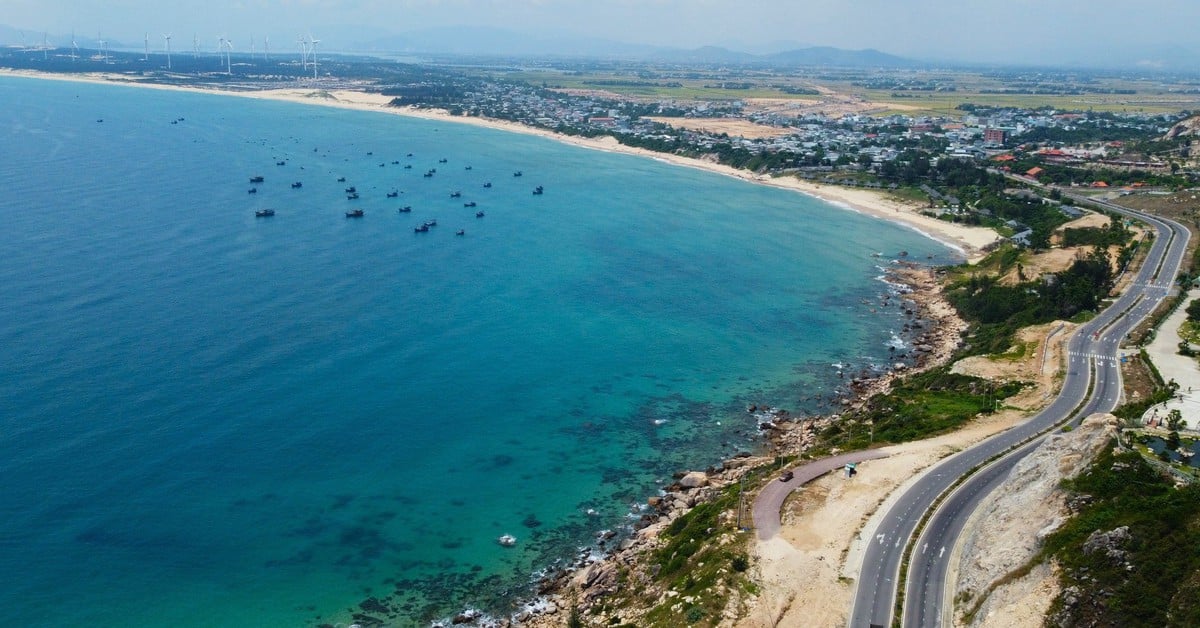









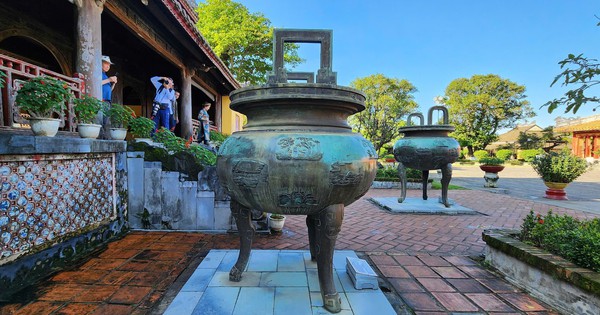
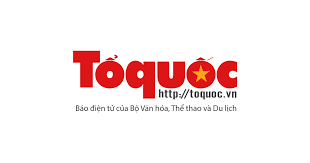























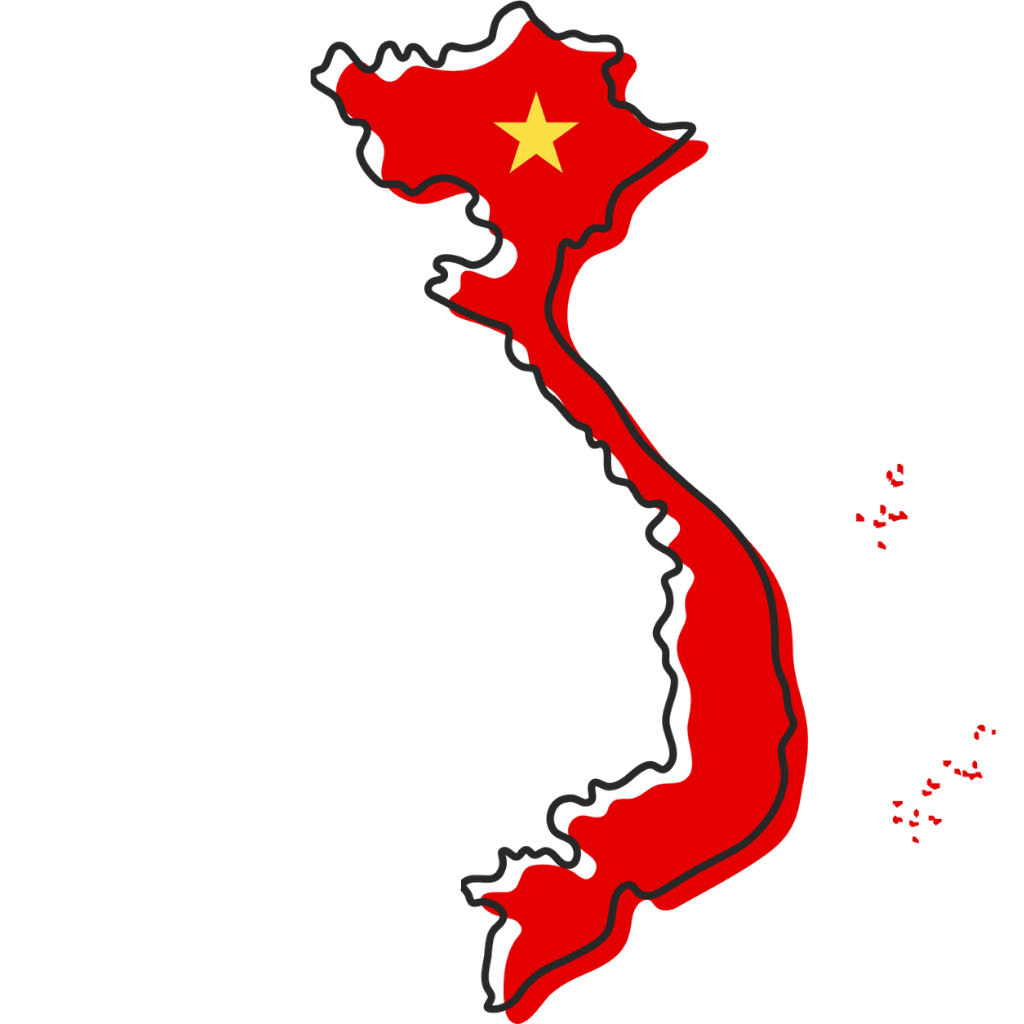











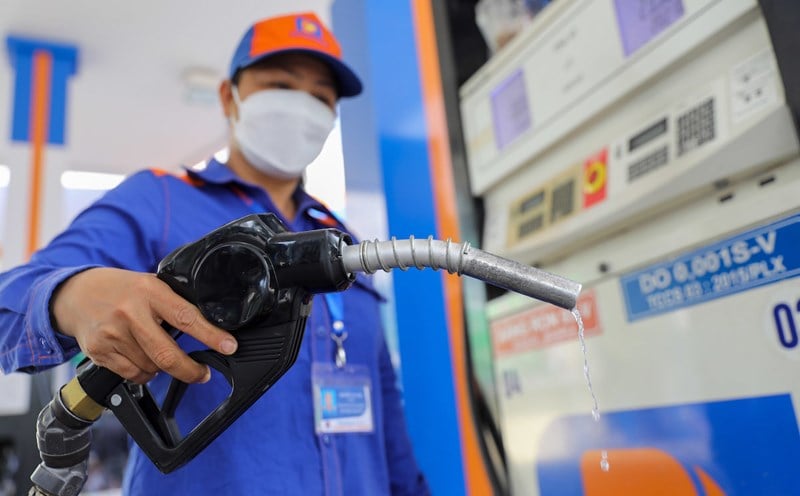



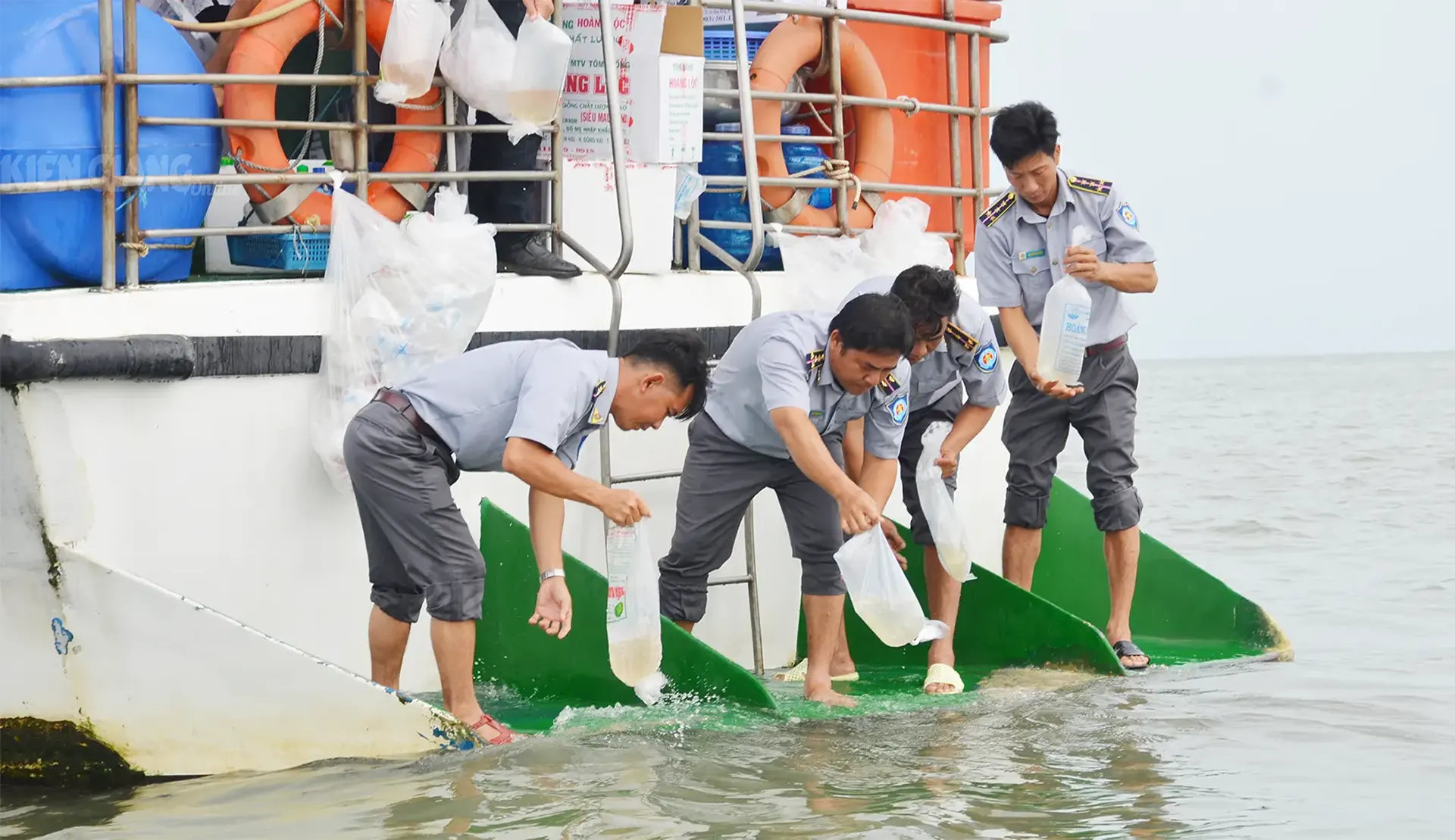




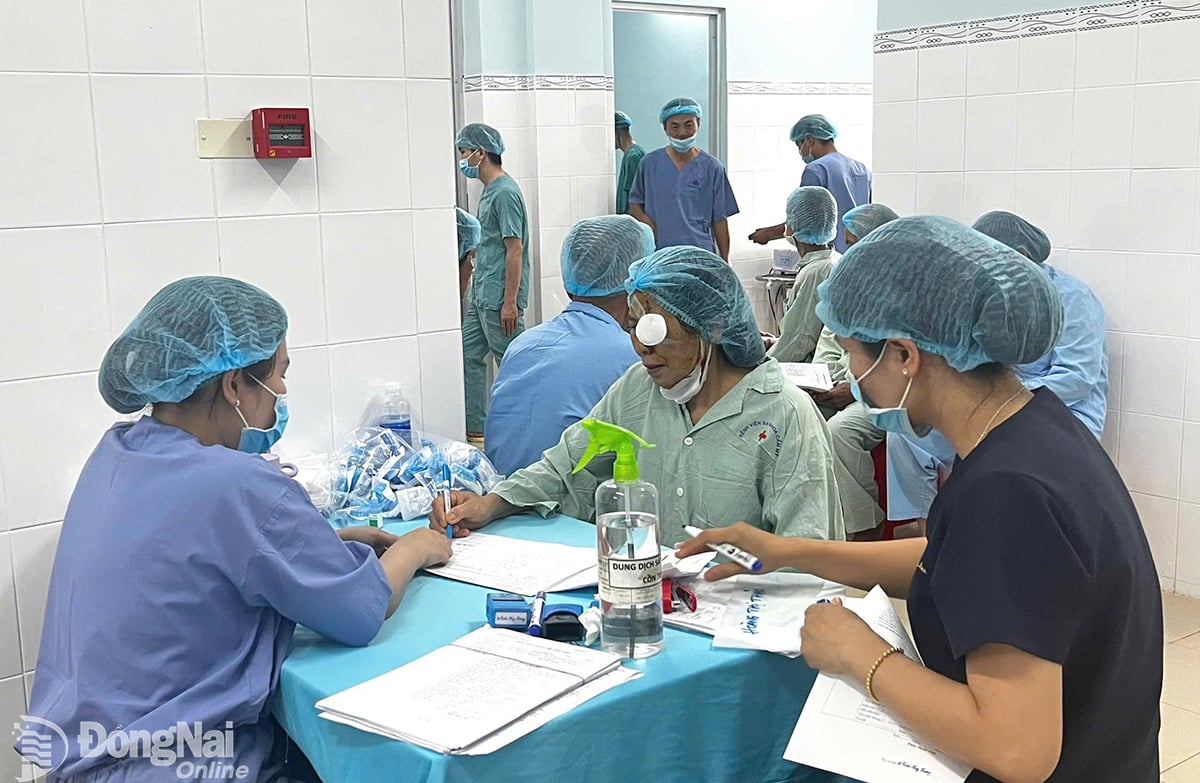



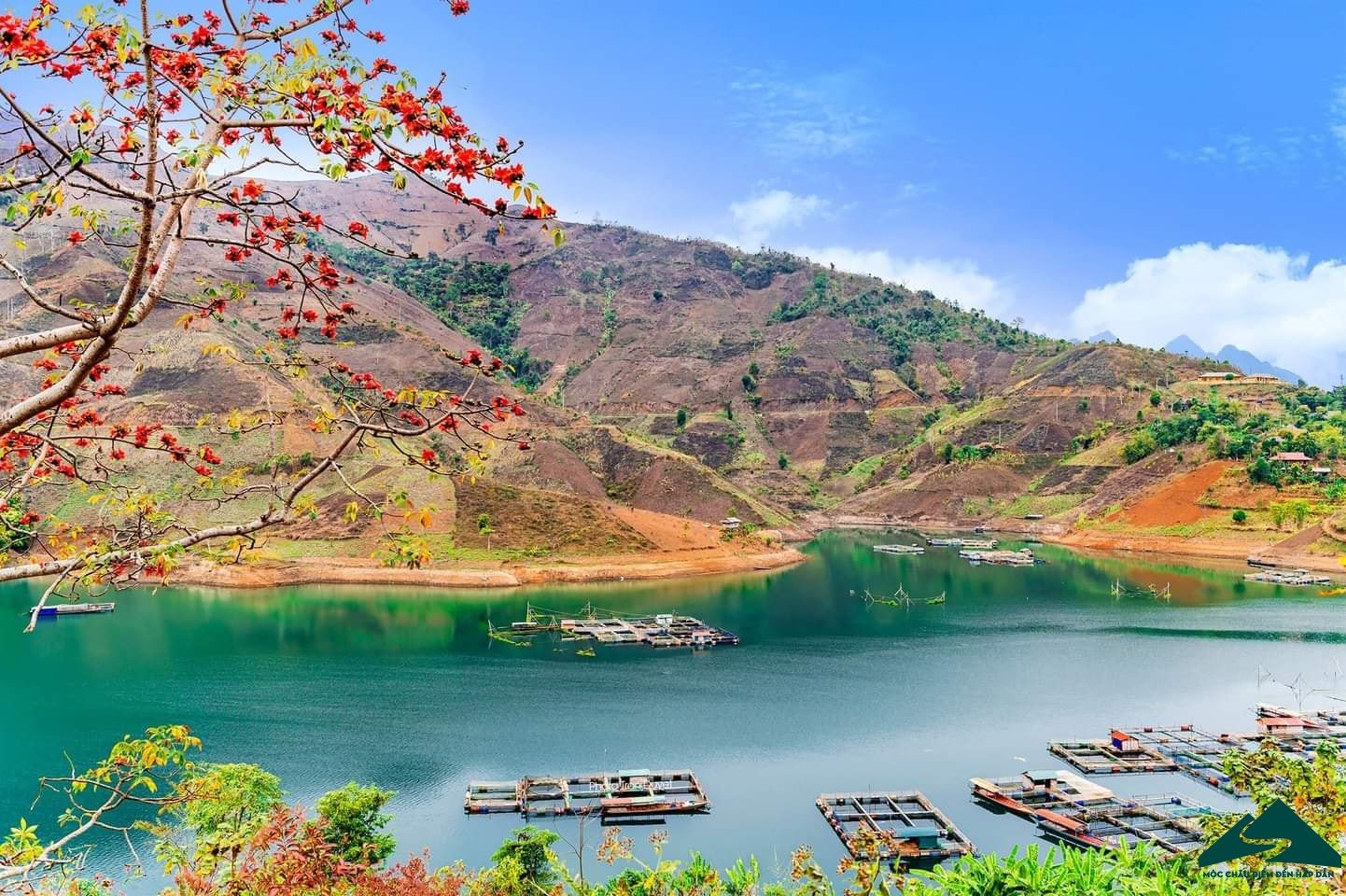


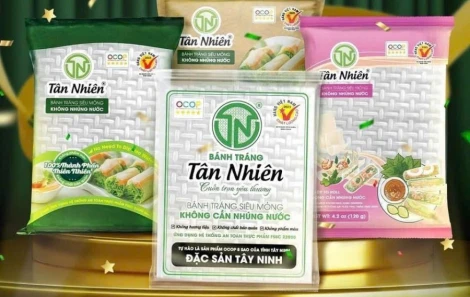





Comment (0)